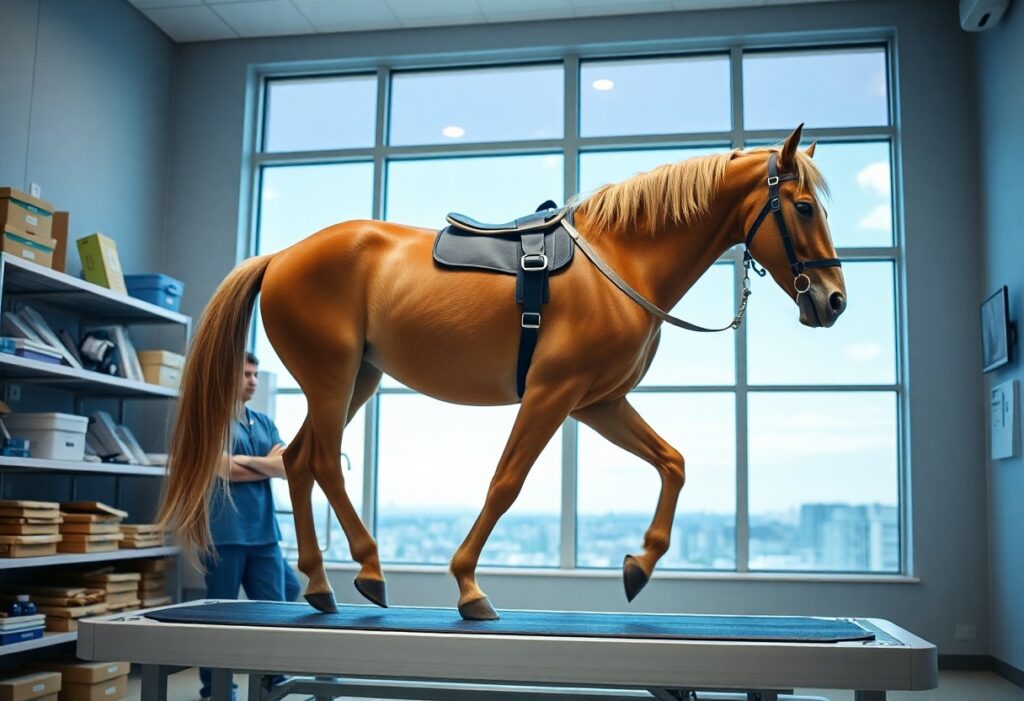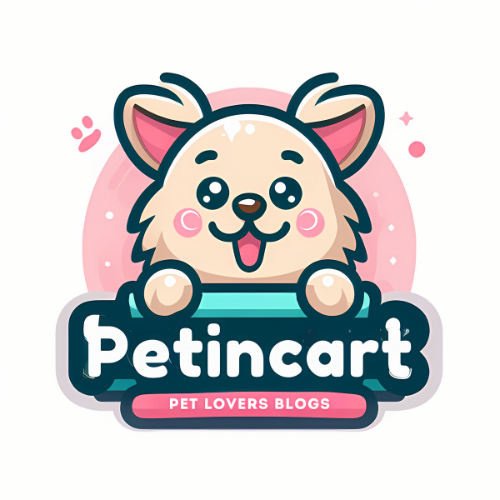This comprehensive guide will help you learn how to properly address equine eye injuries and provide necessary care for your horse’s well-being. Identifying symptoms early and knowing how to clean and protect the injured eye can prevent serious complications that may result in permanent damage. By following these step-by-step instructions, you can effectively treat and manage equine eye injuries, ensuring your horse’s swift recovery.

Understanding Equine Eye Anatomy
Structure of the Equine Eye
A horse’s eye is a complex organ that is vital for its survival. Some key structures you should be aware of include the cornea, the transparent outer layer that helps protect the eye; the iris, which controls the amount of light entering the eye; the lens, responsible for focusing images on the retina; and the retina, where light is converted into nerve signals that are sent to the brain for processing.
Common Areas Prone to Injury
Equine eye injuries can be challenging to deal with due to the delicate nature of the structures involved. Some common areas that are prone to injury include the cornea, which can be scratched or punctured; the eyelids, which can suffer lacerations or trauma; and the conjunctiva, the mucous membrane that covers the front part of the eye and can become inflamed or infected.
For instance, injuries to the cornea can be particularly dangerous as they can lead to infections or ulcers if not properly treated. It’s crucial to seek veterinary attention immediately if you suspect your horse has sustained an eye injury to prevent any potential complications.

Identifying Signs of Eye Injuries
Recognizing Symptoms of Eye Trauma
The first step in handling equine eye injuries is being able to recognize the signs. Common symptoms of eye trauma in horses include excessive tearing, squinting, swelling around the eye, cloudiness or opacity in the cornea, and sensitivity to light. If you notice any of these symptoms in your horse’s eye, it is important to take action promptly to prevent further complications.
Differentiating Between Minor and Major Injuries
Even though all eye injuries should be taken seriously, it is important to be able to differentiate between minor issues that can be treated at home and major injuries that require immediate veterinary attention. Minor injuries may include superficial scratches or small debris in the eye, while major injuries could involve deep cuts, puncture wounds, or eye proptosis. If you are unsure about the severity of the injury, it is always best to err on the side of caution and consult with your veterinarian.
Symptoms such as severe pain, continuous squinting, visible blood in the eye, or a protruding eyeball are indications of a major eye injury that requires immediate professional treatment. Prompt action in such cases can prevent permanent damage and ensure the best possible outcome for your horse’s eye health.

How to Provide Initial Care
Tips for Administering First Aid
All equestrians should be prepared to handle equine eye injuries as they can happen suddenly and require quick action. If you suspect your horse has an eye injury, prioritize the safety of both yourself and the horse before providing any first aid. Be sure to stay calm and approach the horse slowly to avoid causing further distress.
- Wear protective gloves to avoid any potential infection transmission.
- Minimize movement of the horse’s head to prevent exacerbating the injury.
- Keep the horse’s environment quiet to reduce stress during the examination.
Recognizing the signs of distress or pain in your horse is crucial in determining the severity of the injury and how to best proceed with first aid.
Factors to Consider When Assessing the Injury
Even if you are not a vet, you can still assess the eye injury to relay important information to the veterinarian upon arrival. Look for swelling, redness, discharge, or any foreign objects in the eye. These observations can help the veterinarian understand the extent of the injury and provide proper treatment.
- Assess the horse’s behavior for signs of discomfort or distress.
- Check for any visible trauma or cuts around the eye area.
- Observe the eye movement for any abnormalities or limitations.
Knowing these key factors can assist the veterinarian in making a quick and accurate diagnosis, leading to better outcomes for your horse.
An Overview of What to Look For
Administering first aid to your horse may be challenging, but by staying calm and focused, you can ensure the best care possible. Take note of the eye injury‘s location, severity, and any accompanying symptoms to relay to the veterinarian. This information will help the veterinarian determine the appropriate course of action for your horse’s recovery.
- Describe the eye injury in detail, noting any changes since its discovery.
- Document the time of injury and any events that may have led to it.
- Monitor the horse’s response to treatment to report back to the veterinarian.
Knowing these crucial details will enable the veterinarian to create an effective treatment plan and give your horse the best chance at a full recovery.
Common Types of Equine Eye Injuries
Keep your horse’s eyes healthy and protected by being informed about the common types of equine eye injuries. Knowing the signs and symptoms of these injuries can help you provide timely care for your equine friend.
| Corneal Ulcers and Abrasions | Conjunctivitis and Uveitis |
| Foreign Objects in the Eye |
Corneal Ulcers and Abrasions
One of the most common equine eye injuries is a corneal ulcer or abrasion. This injury involves damage to the outer layer of the eye, the cornea. Corneal ulcers can be caused by trauma, foreign objects, or bacterial infections. Signs of a corneal ulcer or abrasion include squinting, excessive tearing, cloudiness in the eye, and sensitivity to light. If your horse displays any of these symptoms, it is crucial to seek veterinary care immediately to prevent further damage to the eye. Knowing how to identify and address corneal ulcers can help protect your horse’s vision and overall eye health.
Conjunctivitis and Uveitis
Abrasions, inflammation of the conjunctiva (the membrane lining the eyelids), and uveitis (inflammation of the uvea, the middle layer of the eye) are other common equine eye injuries. These conditions can be caused by infections, allergies, trauma, or autoimmune diseases. Signs of conjunctivitis and uveitis include redness, swelling, discharge, and discomfort. If left untreated, these conditions can lead to pain, vision impairment, and even permanent damage to the eye. Prompt veterinary care is vital to prevent complications and ensure your horse’s eye heals properly.
One of the most vital parts of care for your horse is protecting their eyesight. Knowing how to recognize and address common equine eye injuries can make a significant difference in maintaining your horse’s eye health. Regular eye examinations by a veterinarian and prompt attention to any signs of eye injury or discomfort are crucial for preserving your horse’s vision and well-being.
Foreign Objects in the Eye
If your horse experiences irritation, excessive tearing, or rubbing at their eye, it may indicate the presence of a foreign object in the eye. Foreign objects such as dirt, debris, or small particles can easily become lodged in your horse’s eye, causing pain and potential damage. It is vital to flush the eye gently with saline solution and seek veterinary assistance to remove the object safely and prevent further injury. Ignoring a foreign object in your horse’s eye can lead to infection, corneal damage, and permanent vision loss.
Uveitis is another common equine eye condition that your horse may experience. Uveitis, also known as moon blindness, is characterized by inflammation of the uvea and can be caused by infections, trauma, or autoimmune diseases. This condition can be painful for your horse and requires immediate veterinary attention to prevent complications and preserve their vision. Regular eye examinations and proactive care are vital in managing and treating uveitis in your equine companion.

Advanced Care and Treatment Options
To ensure the proper recovery of your horse from an eye injury, advanced care and treatment options may be necessary. Below are some advanced techniques and considerations for managing equine eye injuries:
How to Apply Topical Medications
Advanced care for equine eye injuries often involves the application of topical medications to the affected eye. When administering ointments or drops, it is crucial to follow proper techniques to prevent further irritation or damage to the eye.
| Step 1: Wash your hands thoroughly before handling any medications. | Step 2: Gently pull down the lower eyelid to create a small pocket for the medication. |
| Step 3: Apply the prescribed amount of medication into the lower eyelid pocket. | Step 4: Release the eyelid and allow your horse to blink, spreading the medication across the eye. |
Factors to Consider When Deciding on Surgery
When dealing with severe equine eye injuries, surgery may be a necessary option to preserve your horse’s vision and overall eye health. Several factors should be considered before opting for surgical intervention:
- Severity of the injury
- Likelihood of successful outcome
- Recovery time and post-operative care
If surgery is recommended, it is important to weigh these factors carefully to make the best decision for your horse’s well-being. Perceiving the potential risks and benefits will help guide you in the decision-making process.
The Role of Veterinary Care in Eye Injury Treatment
Another crucial aspect of advanced care for equine eye injuries is the role of veterinary care in treatment. Assuming the expertise of a qualified equine veterinarian is crucial in ensuring the proper diagnosis and treatment plan for your horse.
The veterinarian will assess the extent of the injury, recommend appropriate interventions, and provide ongoing care to monitor the healing process. **Your** veterinarian will also be able to **identify** any complications that may arise and adjust the treatment plan accordingly.
Preventing Future Eye Injuries
Tips for Reducing the Risk of Eye Trauma
Your horse’s eye health is necessary, so taking preventive measures to reduce the risk of eye injuries is crucial. Here are some tips to help you maintain a safe environment for your horse:
- Avoid placing sharp objects near your horse’s living or grazing areas.
- Regularly check pastures and stalls for any potential hazards that could cause eye injuries.
- Use fly masks or protective gear to shield your horse’s eyes from dust and debris.
Assume that implementing these simple measures can significantly lower the chances of your horse sustaining an eye injury.
Factors to Consider When Creating a Safe Environment
Future eye injuries can often be prevented by taking into account various factors related to your horse’s environment. When creating a safe space for your horse, consider the following:
- Ensure adequate lighting in the barn and pastures to minimize the risk of accidents.
- Provide barriers or fencing to prevent your horse from getting too close to potential dangers.
This proactive approach can help create a secure environment that reduces the likelihood of eye injuries.
The Importance of Regular Eye Exams
Environment regular eye exams are necessary for maintaining your horse’s eye health. Eyes are sensitive organs that require frequent monitoring to detect any issues early on. Plus, early detection of eye problems can prevent more severe complications in the future.
Consider scheduling routine eye exams with a veterinarian experienced in equine ophthalmology to ensure your horse’s eyes are in optimal condition.
Conclusion
Drawing together all the information provided, it is crucial to remember that equine eye injuries can be serious and require immediate attention. By staying calm, assessing the situation, and contacting your veterinarian promptly, you can help ensure the best possible outcome for your horse. Remember to follow your vet’s instructions carefully and monitor your horse’s progress closely to aid in their recovery.
Being proactive and knowledgeable about handling equine eye injuries can make a significant difference in your horse’s well-being. By taking quick action and providing proper care, you can help prevent further complications and ensure that your horse receives the necessary treatment to heal successfully. Your horse’s eyes are a vital part of their health and livelihood, so it is crucial to be prepared and know how to respond effectively in case of an injury.
FAQ
Q: What are common causes of equine eye injuries?
A: Common causes of equine eye injuries include trauma from foreign objects such as debris or branches, self-inflicted injuries from rubbing or scratching, and infections.
Q: How can I prevent equine eye injuries?
A: To prevent equine eye injuries, make sure your horse’s environment is free of potential hazards, such as sharp objects or loose debris. Regularly inspect and clean your horse’s eyes to prevent infections.
Q: What are the symptoms of an equine eye injury?
A: Symptoms of an equine eye injury may include excessive tearing, squinting, swelling, cloudiness or opacity in the eye, sensitivity to light, and discharge.
Q: How should I handle an equine eye injury?
A: If you suspect your horse has an eye injury, it is important to contact your veterinarian immediately. Avoid touching or attempting to treat the eye yourself, as this could potentially worsen the injury.
Q: How are equine eye injuries treated?
A: Treatment for equine eye injuries will vary depending on the severity and cause of the injury. Your veterinarian may prescribe medication, recommend flushing the eye, or in severe cases, perform surgery to repair the injury.










